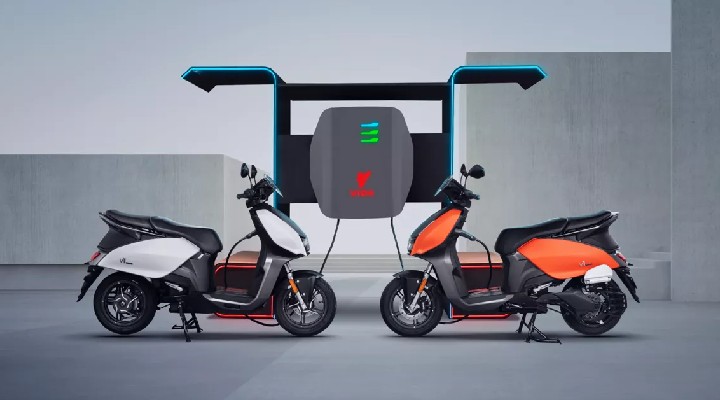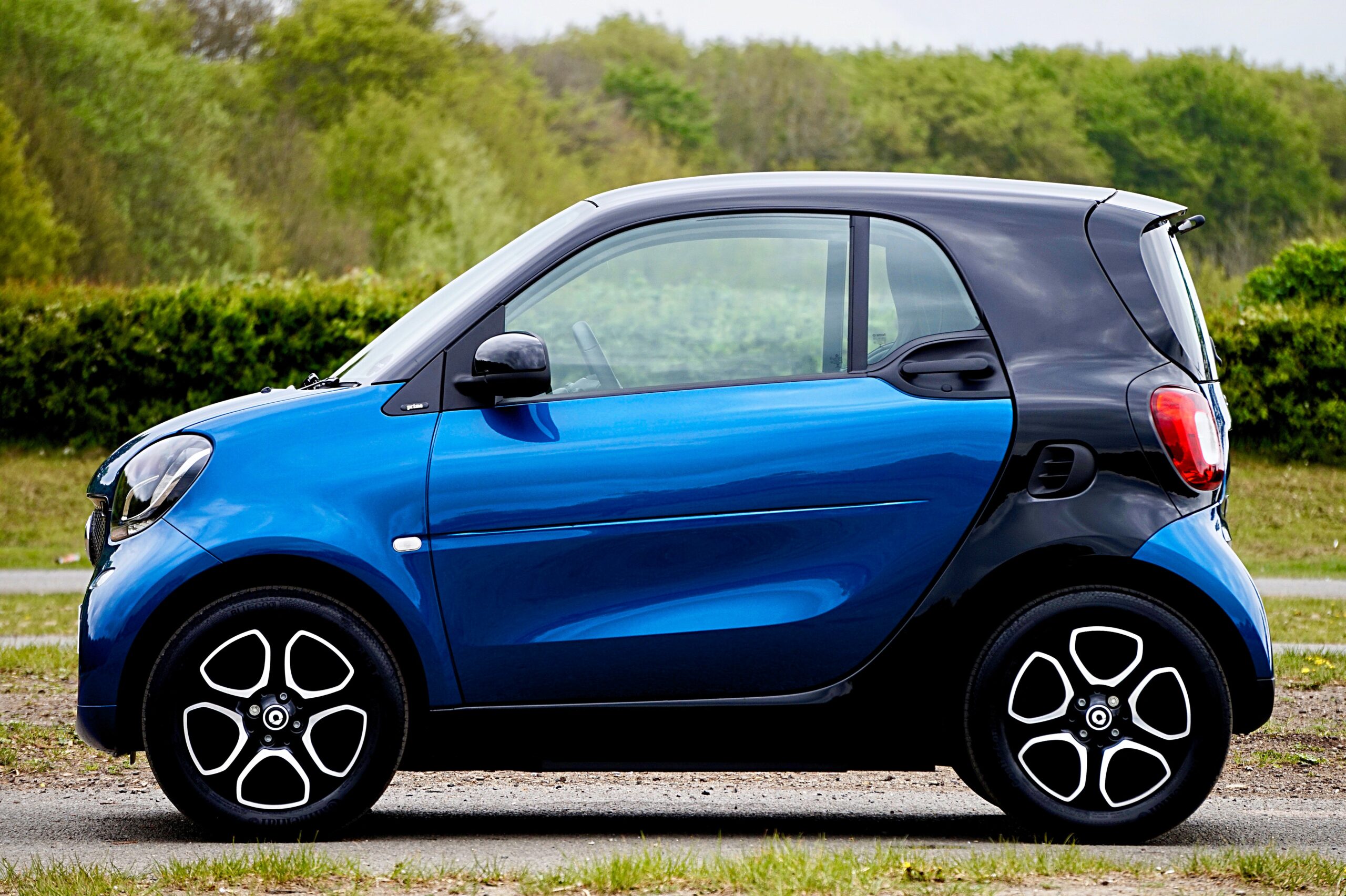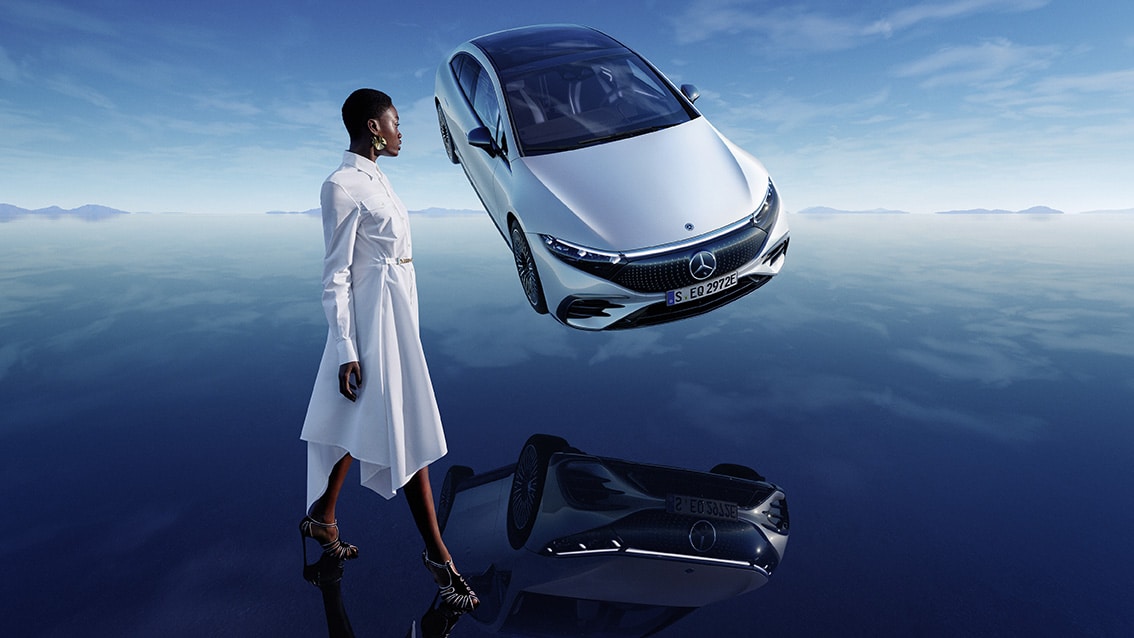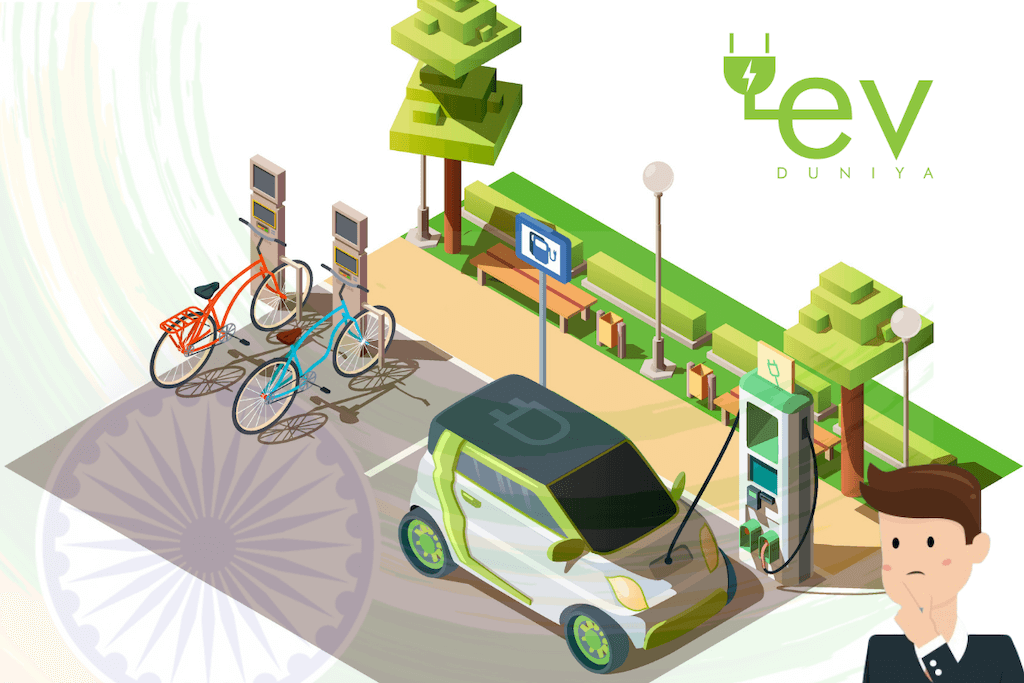Have you been seeing more electric vehicles on the streets these days?
More and more people are buying EVs these days because it has more:
- Benefits to the environment
- Government subsidies
- Exciting offers
- Stylish and Sleek design
- No license required
These are just a few main points, there are many more benefits of EVs.
The growing popularity of the Electric Vehicles has lead to to a electric revolution in India. And this revolution is for the better!
Let’s have a look at the current scenario of electric vehicles in India!
Current Scenario
EV sales in March 2023 increased by 82% compared to the EV sales in March 2022. The industry also saw a month-on-month rise of 32% and a year-on-year growth of 157% to reach 11,80,597 units in FY 2023 from just 4,58,746 units in FY 2022.
EV registrations in the month of March were driven by electric two-wheelers and three-wheelers, which together accounted for 89.51% of total registrations of the month. No wonder we’re seeing so many scooters and bikes on the road.
Ola Electric recorded the highest sales in the month of March with 21,220 units being sold.
There is also a rise in the sales of E-Buses since last year, with no surprise to the clean and green campaign by various cities. Though comparatively, March 2022 saw an increased sale percentage than March 2023 on a year-on-year basis.
Charging Infrastructure

The Vahan dashboard and Lok Sabha Minister R K Singh revealed that as of 23rd January 2023, India was housing 5,254 public electric vehicle charging stations for 20.65 lakh EVs. This means there is one charging station for every 393 electric vehicles in the country.
Though, there are different charging stations for electric buses installed in the bus depot itself.
A global professional services firm mentioned that according to Alvarez and Marsal, “The global ideal EV Public chargers ratio is also around 6-20 EVs per public charger, whereas, in India, it currently stands at an estimated 135.”
We cannot also forget that most 2 to 3-wheeler electric vehicles are typically charged at home, thus reducing the requirement for public charging stations.
However, the number of public charging stations needs to increase, considering the recent data and stats. These figures are low, but with an increase in demand and more awareness of how to install, use and maintain it, we will have more charging stations in the country.
Renewable Energy
With the severe climate change impacts we are already facing, it is necessary for us to shift to a fully smart and environment-friendly method and transition to more sustainable energy sources.
The widespread popularity and adoption of electric vehicles have completed the first step toward this transition. The next one is to make these electric vehicles fully sustainable. And this is to be done by replacing the older batteries with more sustainable ones that will not only give them a longer span but will also be environment friendly.
To make EVs a fully clean transportation option, we will need a reliable and convenient charging infrastructure, that includes smart EV charging through renewable energy resources. Meaning, we will have to try and use more of the renewable energy resources to charge the EVs instead of using electricity. This way, we will not only have access to a more environment friendly way of charging but also to a more affordable way of charging electric vehicles.
Why should we use renewable resources like solar and wind power to charge EVs?
- Much cleaner and more environment friendly
- No or less harmful emissions
- Will not deplete as quickly as fossil fuels
- Affordable and dependable
- Efficient energy use
- Decentralized harnessing
Renewable energy and Smart EV charging have a very bright future as they hold great promise for a cleaner, greener, and more sustainable world. As more consumers adopt to electric vehicles, this transition will be made easier. With the many advantages it offers for the environment and for the people, it will help create a better future for us and future generations as well.
Government Initiatives

To bring on the electric revolution in India, the government has rolled out various policies, that will encourage people to buy more EVs. And these policies are not only for the consumers but also for the makers that help create EVs and their infrastructure.
Here are the latest policies by the government:
- Centre gives INR800 crore to oil companies for setting up over 7000 charging stations under FAME II
- EV infrastructure plugged to INR25 crore recharge, Goa
- Large projects to reserve 50% parking space for EV charging
- UP to exempt EV buyers from tax and registration fees
- EV charging points to be a must for all buildings except single houses in Uttarakhand
These offers and subsidies will surely encourage buyers and make it easier for them to leave their conventional vehicles and adopt to EVs.
Influencer Marketing for Evs

Influencers can play a significant role in marketing electric vehicles by creating awareness and generating interest among their followers. And with the rise in popularity of influencers and influencer marketing, there’s no chance of failing this marketing technique. Here are a few ways in which influencers can help in marketing electric vehicles:
- Product Reviews: Influencers can use and review electric vehicles and share their experiences with their followers. This can help potential buyers get a better idea of what it’s like to own and drive an electric vehicle and understand all its features and workings.
- Education and Awareness: Many people are still unfamiliar with the benefits of electric vehicles. Influencers can use their platform to educate their followers about the various government policies and their impact on the environment.
- Lifestyle Marketing: Influencers can showcase evs as part of a sustainable lifestyle, which can appeal to environmentally conscious consumers. They can also add a fashion angle to it showcasing its sleek and trendy design.
- Test Drives: Influencers can collaborate with electric vehicle brands and offer test drives to their followers, allowing them to experience the benefits of driving an electric vehicle firsthand.
- Social Media Campaigns: Influencers can use their social media handles to create buzz around electric vehicles, using hashtags and engaging with their followers with lives, giveaways, and competitions to generate interest and increase knowledge.
- PR and Branding: Brands can have a photoshoot of influencers and big personalities with their evs by which they won’t just get a face for their brand but will also gain a lot of attention and love from the public.
Influencers can be a valuable asset in marketing evs, as they have the ability to reach a large audience and influence their purchasing decisions. By educating, showcasing, and promoting the benefits of electric vehicles, influencers can help accelerate the transition to a more sustainable future.
Future Outlook

The electric vehicle marketing is booming in India. Considering the current growth and stats, and the support from government and industry giants, the electric vehicle market will see a 49% compound annual growth rate by 2030, given there are 10 million annual sales of EVs.
The electric vehicle industry is also projected to create around 50 million direct and indirect jobs by 2030.
All of this by keeping the environment clean, green, and safe. EVS surely have a lot of advantages over conventional vehicles. By using the power of social media and taking some help from influencers, brands can market and educate their prospective consumers in a better fashion.
Do you think we’ve made a fair progress in the field? Or are we lacking behind?
Let us know in the comments below!

